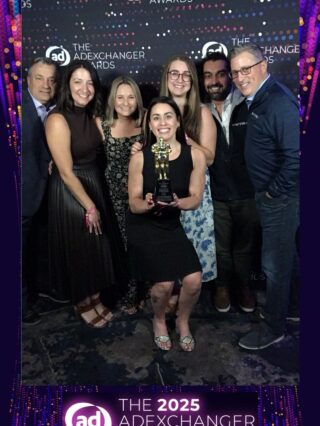In today’s evolving healthcare landscape, pharma marketers face a pivotal and often overlooked decision: Should we target specialists, generalists, or both?
The answer isn’t always clear. Many brands unintentionally spread their budget too broadly when trying to reach their target HCP audience or overlook critical touchpoints in the prescribing journey. As media costs continue to rise and expectations for measurable business outcomes increase, brands need to avoid broad reach and develop a precision-based HCP targeting approach.
Start with the Diagnosis Funnel to Map HCPs
The foundation of a strategic HCP targeting approach should focus on mapping the diagnosis and treatment pathway by understanding the following:
- Who is diagnosing? (primary care physicians often treat symptoms first)
- Who is referring? (are generalists channeling patients to specialists?)
- Who is initiating treatment? (specialists may drive prescriptions but only after referral)
- Who is managing follow-up care or renewals? (long-term care may shift back to PCPs or NP/PAs)
This lens provides a clear picture of when and where each HCP type plays a role, ensuring the media strategy aligns with moments of maximum prescribing influence.
Tailor Messaging to Match Clinical Context
Identifying the right HCP audience is the first step. Effective engagement depends on personalized messaging based on their role in the treatment journey:
- Specialists need deep clinical content: MOA, comparative data, and trial outcomes
- Generalists and PCPs benefit from practical tools: patient profiling, symptom identification, and treatment protocols
Personalizing content by specialty elevates message relevance, improves engagement, and accelerates script lift.
Aligning Media Tactics to HCP Segments
Even with well-defined HCP segments, brands need to consider an intent-based approach to ensure the campaign is successful. This approach involves:
- Claims data validation to confirm audience behavior before activation
- Channel strategy with intent as the key focus, for example:
- EHR and endemic platforms to engage specialists in their workflow
- Programmatic and social media to build awareness among generalists
- Custom programs to provide deeper education on the disease state and treatment
- NPI-level targeting to ensure accuracy by specialty and actual prescribing behavior
By tailoring media tactics to the decision-making context, campaigns gain traction where and when it matters most – driving short and long-term return.
Let Strategy Lead the Spend
Every therapeutic area has a unique HCP ecosystem. The most effective campaigns are those where media strategy is informed by clinical reality, not assumptions.
When an HCP targeting strategy is guided by where influence occurs, brands aren’t just spending smarter; they’re empowering better care decisions and driving measurable results.




